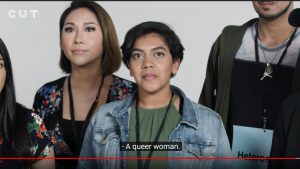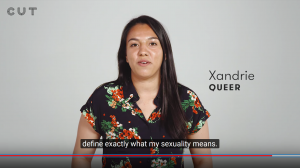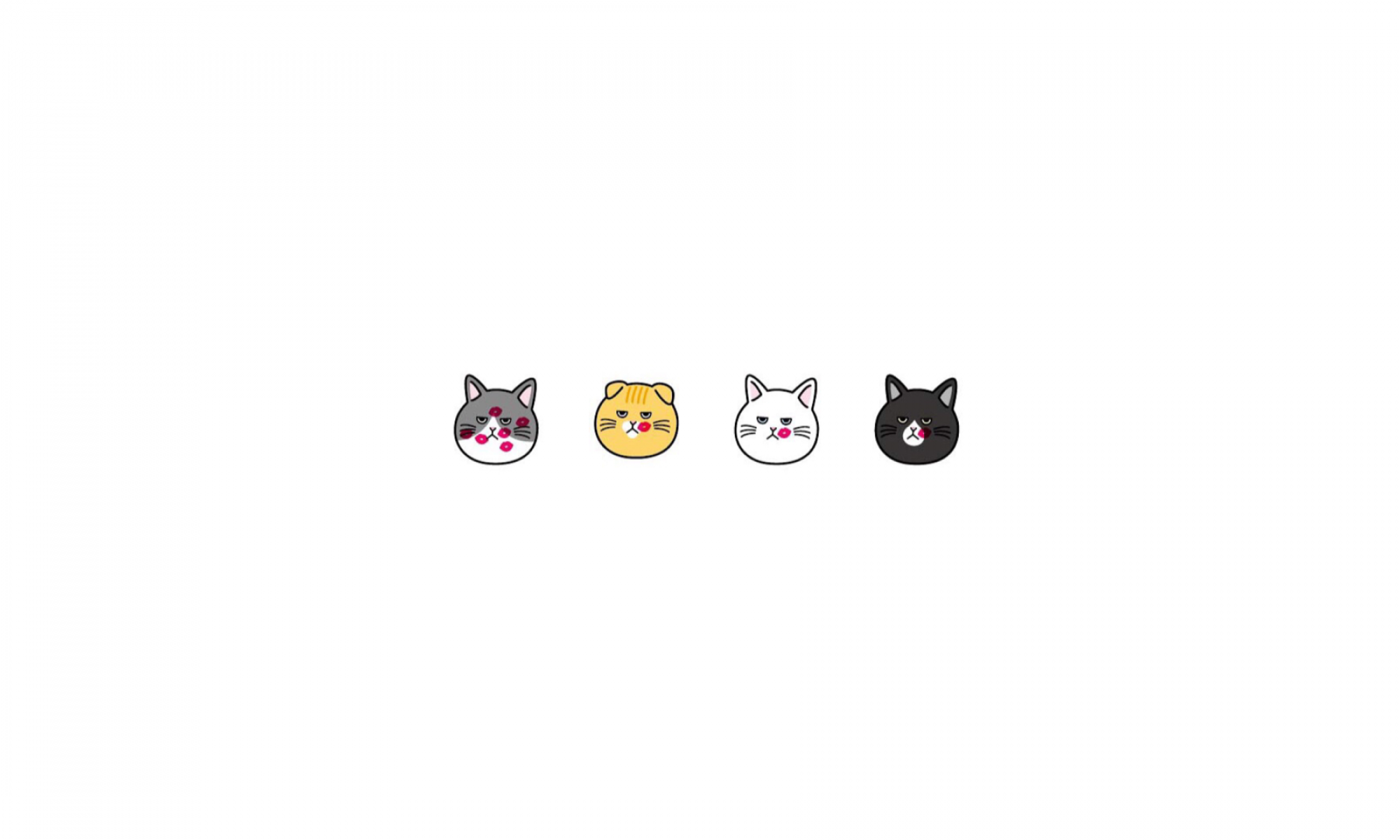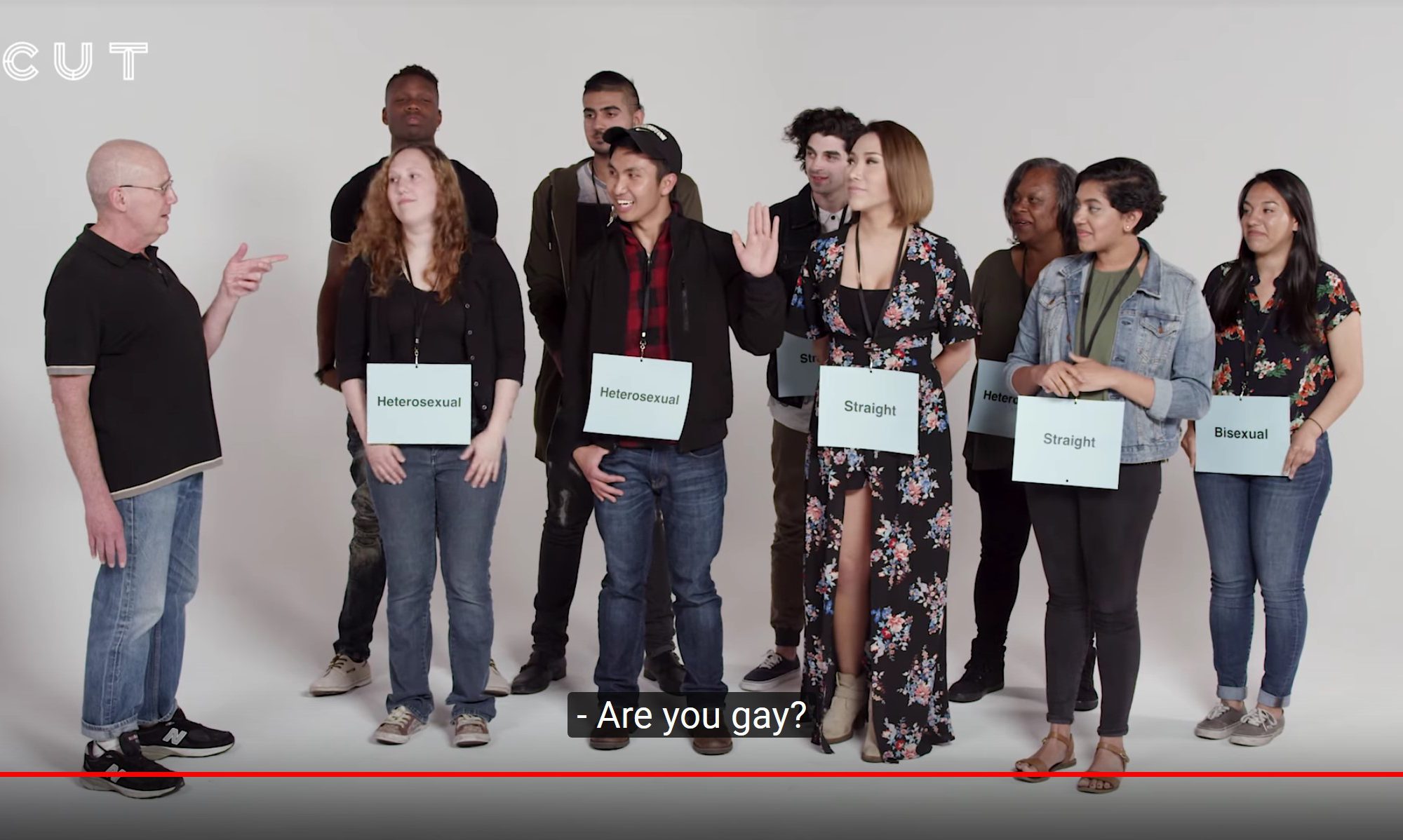Have you ever walked past someone and wondered just what in the world was he thinking when he bought that hideous jacket? Or have you ever saw two girls holding hands, and wondered to yourself whether they’re lesbians or just good friends?
As humans, we tend to judge and label everybody that we meet in our daily lives – no matter whether we are conscious about it or not. We seem to have a better peace of mind when we allocate different labels to people, sometimes even without knowing the other personally.
Labels are almost always used to “classify” members of the LGBT community according to their sexuality. Many people also seem to think that members of the LGBT community can only be lesbian, gay, bisexual and transsexual. However, this system of labels is merely a very basic model and is not comprehensive enough to reflect all different kinds of sexual orientations and gender identities. Thus, individuals who do not identify themselves with the LGBT labels such as “gay” and “lesbian” may be forced to do so simply because it is the more “socially accepted” label. Meanings and significance of these other identities are hence lost when they do not fall into the LGBT category (“What’s wrong with labels, n.d.). However, one thing that remains the same is that people label others based on behaviours and stereotypes.
This video illustrates this in a studio setting, where people are asked to guess the sexual orientation of strangers. They are given different labels including straight, gay, lesbian, bisexual, asexual and queer femme.

They were also given the opportunity to ask questions to help them better guess and judge the stranger’s sexual orientation. These included questions about their hobbies and which celebrities they knew. Judgements were also made on how they danced (“Most gay people dance like mad!”), how they speak (“Her voice kind of sounded lesbian”), how they dress and portray themselves, and even how they pose (“Definitely a lesbian. Most girls if you said strike a pose, they would’ve been like ah, ah, yeah!”). Many of these statements made were based on stereotypes of LGBT members.

However, at the end of the video, we see that nobody guessed all the strangers correctly. Judgement based on mere questions were wrong, and deeply based on stereotypes.

We also see that some labels do not fit at all. For example, Wara is a transgender, but “always considers myself (herself) as straight”. Similarly, Sharanya did not identify as a homosexual, but as queer instead. Even though she agrees that she is technically a lesbian, she does not agree with the term lesbian as she feels that it is limiting.
In the follow up video, the panel were interviewed on how they felt about the judgements made on them. These reactions ranged from positive (“I felt that it was a really fun day!”) to negative. For example, Sharanya felt upset when the people were pleased with themselves when they got their sexualities correct. They also seemed to assume that their identity, presumably heterosexuality, was the default for everyone, and anything that deviates from the norm was wrong. Even though this experiment was set in a controlled and harmless studio setting, it is also mentioned that this “judgement” and labeling by strangers is typical in their daily lives.
Additionally, another statement that resonated with me was by Xandrie, who said that queer (which she identifies with) to her means that she does not have to define exactly what her sexuality means. Labels can actually be seen as something fluid, and one might not perceive it the same way as another does.

The term used for the LGBT community is everchanging. In recent times, LGBT has evolved to LGBTQ, LGBTQIA, LGBTT2QQIAAP or even more other derivations. These labels help to help form communities, promotes inclusivity and facilitates solidarity (Ferguson, 2015). According to Jacquot, this unifying umbrella term can help people who feel marginalized based on their sexualities have a home – but it might also prompt talk about LGBT as one community, when it is actually many different communities which overlap (as cited in Daley, 2017).
Maybe, just maybe, it might be impossible to group everyone under a huge umbrella, under a specific label. Everyone is different, and everyone has their own traits that make them, them. Maybe what is important are the labels that the people are comfortable with when self-identifying, us not stereotyping, and working together to make a better place for everyone.
References
Cut. (2017, Jul 17). People guess the sexual orientation of strangers | Lineup | Cut [Video file]. Retrieved from https://www.youtube.com/watch?v=B2g0IhAuSAw
Cut. (2017, Jul 21). People guess the sexual orientation of strangers: The post interviews | Lineup | Cut [Video file]. Retrieved from https://www.youtube.com/watch?v=bmbt58ga1GM
Daley, B. (2017, Jun 2). Why LGBT initialism keeps growing. Chicago Tribune. Retrieved from http://www.chicagotribune.com/lifestyles/sc-lgbtqia-letters-meaning-family-0606-20170602-story.html

